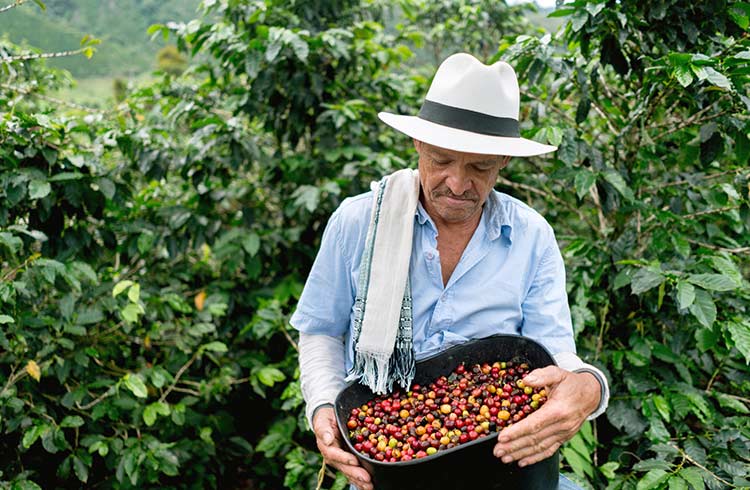Shopping Bag
0
- No products in the cart.

Scientists have turned coffee waste into electricity for the first time, in research that could help farmers and curb pollution in the developing world.
The coffee industry generates a huge amount of liquid waste during the process of turning the raw material of the tree – the coffee cherries – into the 9.5m tons of coffee the world produces each year.
Wastewater is generated by farms during the washing of coffee seeds, or beans, and during the water-intensive process of making instant coffee. But now a UK-funded programme, working with Colombian researchers, has proven that it can not only remove the contaminants from the water but make electricity in the process.
A team led by the University of Surrey developed a fuel cell that uses microbes instead of chemicals like a fuel cell in a hydrogen car, which eat the waste matter and generate a small amount of energy.
Dr Claudio Avignone Rossa, a systems microbiologist at the university, said: “You’re not going to light up London with these things, but you’re going to put a light where there was none.
“The farmer will be getting a little bit of energy coming from the waste they are throwing away. So the environment will be cleaner. The finances of the farm will be improved.”
While coffee waste has been used as biofuel before, and compacted to be sold as “biologs” to be burned, the project is believed to be the first to produce electricity from such waste.
Claire Perry, energy minister, hailed the work as an example of the UK’s expertise in the green economy. “Your morning latte could start its life on a remote Colombian coffee farm and now, thanks to UK-government funded research, those farms now have grounds to double up as producers of both coffee beans and electricity,” she said.
The microbes that convert the coffee waste were of the sort that occur in sludge from wastewater treatment plants, but Avignone Rossa said they could also be found on Colombian farms. “Supply is not a problem,” he added.
The microbial fuel cells made by the researchers are roughly the size of a fizzy drink can. While the lab versions were made of Perspex and stainless steel and cost £300-£500, the team also produced ones for less than £2 using materials like ceramics and disposable plastic boxes.
Avignone Rossa said he was waiting on responses from funding agencies for money to build a prototype in the field in Colombia.
https://www.theguardian.com/business/2018/oct/14/uk-scientists-turn-coffee-waste-electricity-fuel-cell-colombia
Free Shipping On All Orders $200+ |
